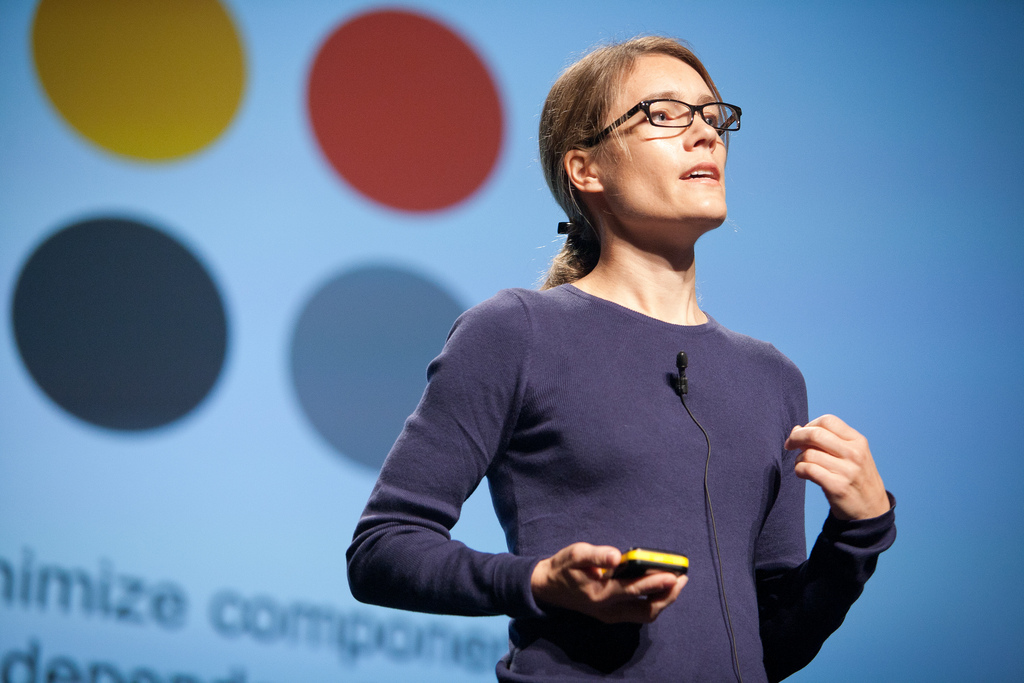Alleyways tend to creep me out. After all, they’re often dark and dingy, and used (to excess) as ideal locations for crime in popular media. But according to Seattle activists, alleys don’t have to be like that.
“A lot of alleys are these off-limits, fear-inducing places, and so we easily dismiss them. The power of the alley activation … is that it turns those fear-inducing places into these much-loved places.” Brice Maryman, landscape architect for SvR Design, told The Seattle Times.
Seattle activists have started transforming unloved alleys in cool event spots. Over the last several years, local organizations have hosted FIFA World Cup soccer match screenings, art walks, jazz performances, and book signings to better use the spaces. Changes can even be as simple as adding bike racks, plants, or entrances to local businesses, the newspaper reports.
So really, what these alleys need most is a little TLC. But there are a lot of these pathways that need it.
A 2010 study by Gehl Architects, the UW Green Futures Lab and the Scan Design Foundation estimates downtown Seattle has about 217,500 square feet of alleys, and just 15 percent are used for more than utilitarian services such as deliveries or trash pickup.
These alley makeovers aren’t just happening in Seattle, either. Advocates in Chicago, San Francisco, Nashville, and several other cities are also fighting to revamp their city alleyways. That future of gloomy alleys is looking a bit brighter after all.



